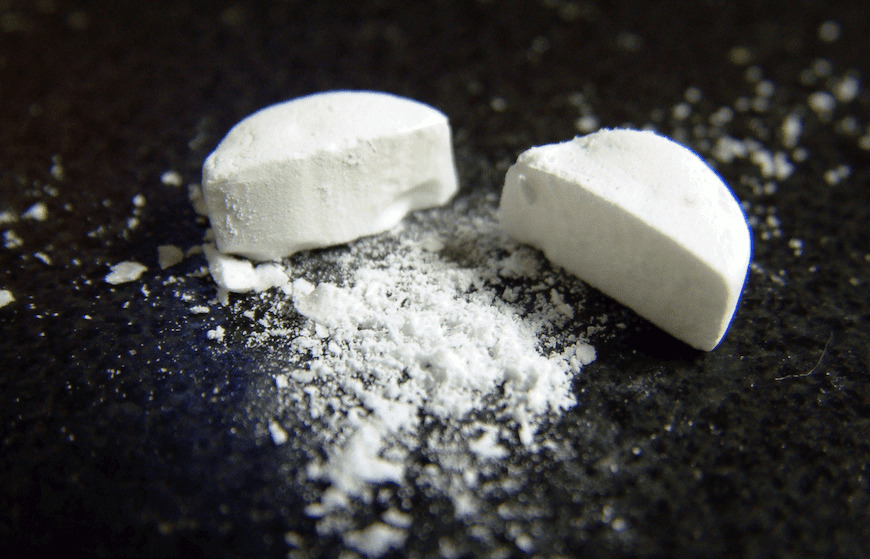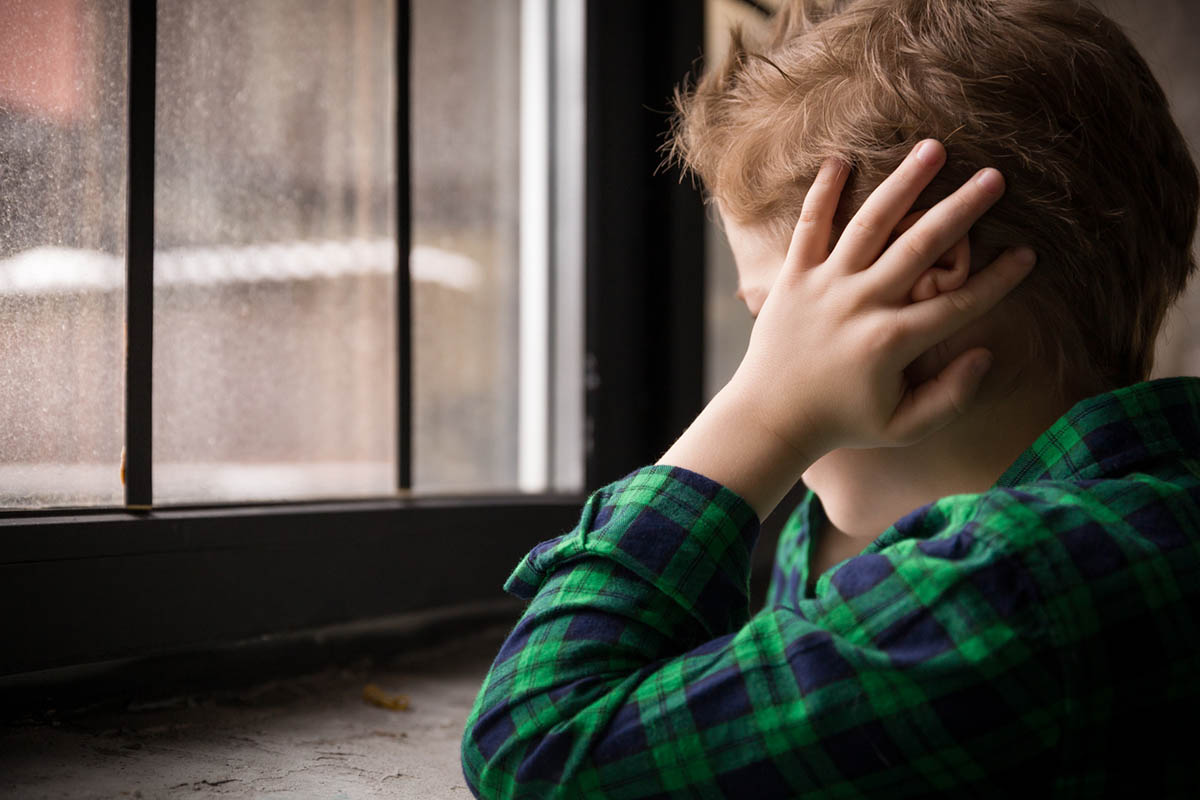See article by Rodas et al
Let’s face it: a lot of our patients use cannabis. A lot. And what we tell them about how to manage this in the face of their symptoms; their risk for psychosis, mood, and anxiety symptoms; and their overall health must come from a place of evidence so that we can be partners in their decision making. The medicalization (not to mention the legalization) of marijuana has arrived before the evidence for its effectiveness and safety, and our patients will make up their own minds, especially when they initiate or continue marijuana or other cannabinoid use in the midst of (or instead of) our treatment of them for posttraumatic stress disorder (PTSD). We need to understand whether there are benefits to cannabis use and, importantly, whether the harms we fear about its use are measured so that we can communicate in a truly informed way to our patients about how they might proceed.
There are clearly strong opinions about this. The Department of Veterans Affairs (VA)/Department of Defense (DoD) Clinical Practice Guidelines for the Management of Posttraumatic Stress Disorder and Acute Stress Disorder1 conclude, “We recommend against cannabis or cannabis derivatives for the treatment of PTSD,” with a “Strong against” strength of recommendation, due to the lack of evidence for their efficacy, known adverse side effects, and associated risks (including an association with worsening symptoms of PTSD and increased violence).1,2 That is a pretty definitive statement. It’s understandable that it would be made, too, given that an estimated 28.9% of Veterans with PTSD have used cannabis in the prior 6 months, while the rate of current cannabis use disorder in Veterans with co-occurring PTSD is estimated at 12.1%.3 How do we square all these things? Namely, that cannabis use is widespread in people with PTSD, that apparent risks for a use disorder may be high, and that no benefit for cannabis for PTSD has been established. Justyne Rodas and colleagues at the University of Toronto have analyzed data in a systematic review4 of studies of cannabinoids in PTSD and may have arrived at a more granular and nuanced understanding of how cannabis use in PTSD might be understood, giving the clinician perhaps just a bit more information to share with their patients around the use of cannabis when symptoms of PTSD are present.
Their paper, in this issue of JCP, is a thorough review of the available literature on the use of cannabinoids, examining not only clinical trials, but epidemiologic and other studies, too. The data available—especially given the widespread use of cannabinoids—are unfortunately paltry, limited in large part by the regulatory burden put on the use of non-prescription cannabis and cannabinoids (the drug is a DEA Schedule I drug in the United States, meaning that it has “no currently accepted medical use and a high potential for abuse”) but also due to the difficulty in standardizing the study of products that have essentially no regulatory control over their tetrahydrocannabinol (THC) content and because it can is delivered through different means (eg, smoked, vaporized, ingested). Because of this, there are few outcome data that could be studied in a meta-analysis, and the authors must instead rely on a narrative review; their findings are nonetheless of interest. To summarize, among the 10 studies they found that investigated the impact of cannabis on overall PTSD symptoms within a group not diagnosed with cannabis use disorder (CUD), half of them indicated potential positive outcomes linked to cannabis use, while the other half found no discernible effects or even an exacerbation of symptoms. Additionally, in the case of cluster B- and E-related PTSD symptoms among individuals without CUD, 4 studies reported potential benefits associated with cannabis use. It is important to note, however, that when examining individuals who both were using cannabis and had a coexisting diagnosis of PTSD and CUD, all 3 studies reported a heightened risk of worsening overall symptoms, and 1 observational study of Veterans admitted to a specialty VA PTSD program found that starting cannabis use after treatment was associated with more severe PTSD symptoms, more violent behavior, and alcohol use (although the causality of the relationship could not be established).2
Rodas and colleagues’ work4 speaks to several things that we must consider about cannabis and PTSD going forward. It is unclear whether the worsening of PTSD symptoms in observational studies during cannabis use is a causal association or instead represents a response to worsened symptoms by patients. Efforts to tease out this relationship have been difficult, and the inclination to consider the relationship causal may be due to a bias toward believing that drug use is inherently bad. Following from this, it is hard to avoid the conclusion that the current state of the art of treatment for PTSD is inadequate. Medications (of which SSRIs are the mainstay) are of limited benefit and sometimes cause harm, and psychotherapies (recommended as first-line in the VA/DoD guidelines1) are often inaccessible, intolerable, burdensome, or ineffective. It certainly makes sense, then—especially in an environment of state-level legalization of cannabis for medical or recreational use, and in the case of Canada, national-level legalization—that patients will take matters into their own hands; the data suggest strongly that, whatever our medical opinion, they already do. Additionally, it is unclear to what extent CUD is accurately diagnosed. Many studies in the article that identify people with PTSD and CUD rely on clinician diagnosis rather than structured interviews. Even the estimation of CUD in the US Veteran populations is made from such diagnoses, and it is possible (or even likely) that CUD is diagnosed when the diagnosis of cannabis use (without the designation as a use disorder) should instead be made. This is not to minimize that addiction to cannabis occurs, but it still remains the case that the question of whether CUD is overdiagnosed needs to be addressed.
Cannabis use is here to stay, the availability of high potency cannabis is increasing in both legal and illicit markets, and our patients will decide for themselves whether or not they should use it either for or in spite of their symptoms of PTSD.5 We require clear answers about how to advise people with PTSD (and other psychiatric illness or otherwise) about the use of cannabis. Whether or not it is a useful treatment for PTSD needs to be determined. Current discussion in the US about rescheduling cannabis (to a lower DEA schedule) or “de-scheduling” it is ongoing, but the availability of National Institutes of Health and other government resources to study the drug would obviously increase if it were. Despite recent revelations in the news, it remains unclear whether non-pharmaceutical cannabis truly has medical utility, so systematic study of it is of high importance. We also need direct and actionable data about its harms, especially in the context of its use in PTSD, as it is certainly reasonable to conclude that fears of harm (whether the development or worsening of cannabis use disorder, the worsening of psychiatric symptoms, or direct adverse effects of the drug) drive much decision-making with regard to recommending cannabis as a treatment. The work of Rodas and her colleagues makes it even clearer that we need to take on the systematic study of cannabis use and cannabis as treatment in PTSD, and soon.
Article Information
Published Online: February 14, 2024. https://doi.org/10.4088/JCP.23com15279
© 2024 Physicians Postgraduate Press, Inc.
J Clin Psychiatry 2024;85(1):23com15279
Submitted: January 29, 2024; accepted January 29, 2024.
To Cite: Ostacher M. What does a systematic review of cannabis and PTSD tell us? that we need to learn more. J Clin Psychiatry. 2024;85(1):24com15279
Author Affiliations: Veterans Affairs Palo Alto Health Care System, Palo Alto, California; Department of Psychiatry and Behavioral Sciences, Stanford University School of Medicine, Palo Alto, California.
Corresponding Author: Michael J. Ostacher, MD, MPH, MMSc, Department of Psychiatry, VA Palo Alto HCS, 3801 Miranda Ave, Mail Code 151T, Palo Alto, CA 94304 ([email protected]).
Relevant Financial Relationships: None.
Funding/Support: None.
References (5)

- VA/DoD Clinical Practice Guideline. Management of Posttraumatic Stress Disorder and Acute Stress Disorder Work Group. US Government Printing Office; 2023.
- Wilkinson ST, Stefanovics E, Rosenheck RA. Marijuana use is associated with worse outcomes in symptom severity and violent behavior in patients with posttraumatic stress disorder. J Clin Psychiatry. 2015;76(9):1174–1180. PubMed CrossRef
- Hill ML, Loflin M, Nichter B, et al. Prevalence of cannabis use, disorder, and medical card possession in U.S. military veterans: Results from the 2019-2020 National Health and Resilience in Veterans Study. Addict Behav. 2021;120:106963. Published online Apr 27, 2021. PubMed CrossRef
- Rodas JD, George TP, Hassan AN. A systematic review of the clinical effects of cannabis and cannabinoids in posttraumatic stress disorder symptoms and symptom clusters. J Clin Psychiatry. 2024;85(1):23r14862.
- ElSohly MA, Chandra S, Radwan M, et al. A comprehensive review of cannabis potency in the United States in the last decade. Biol Psychiatry Cogn Neurosci Neuroimaging. 2021;6(6):603–606. Published online Jan 26, 2021. PubMed CrossRef
This PDF is free for all visitors!




